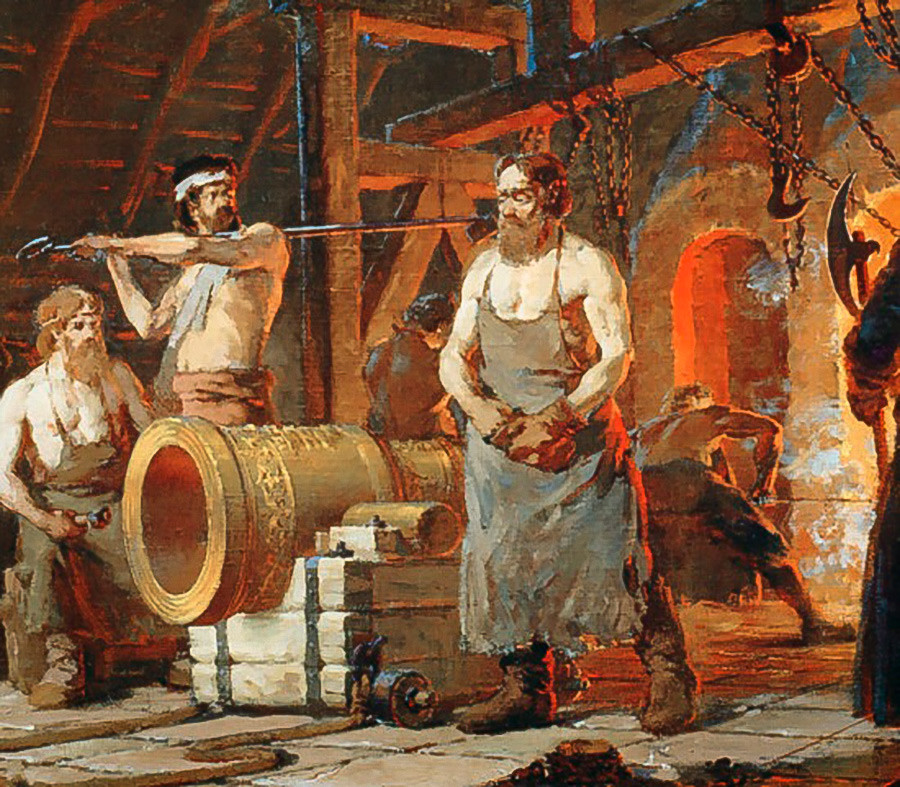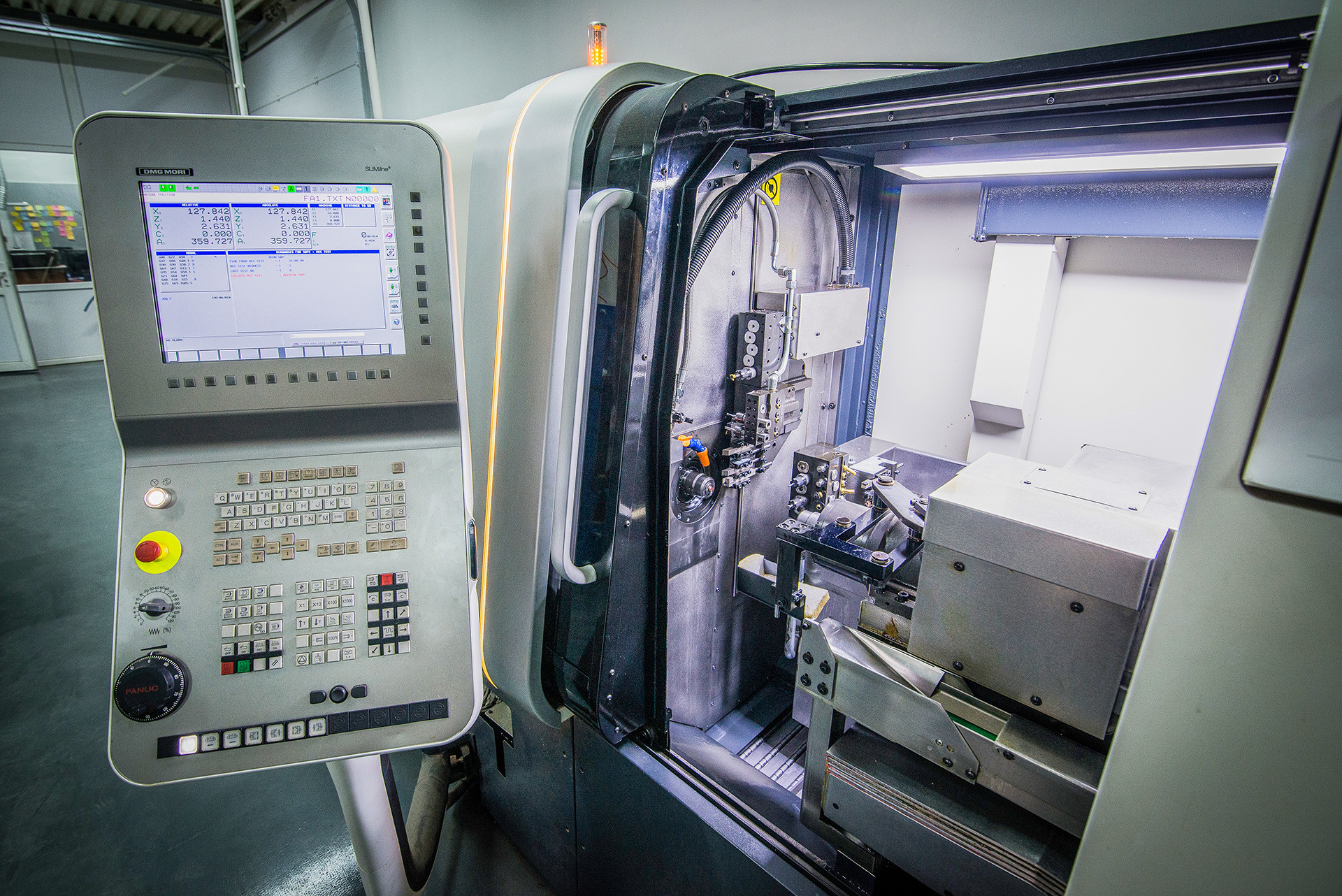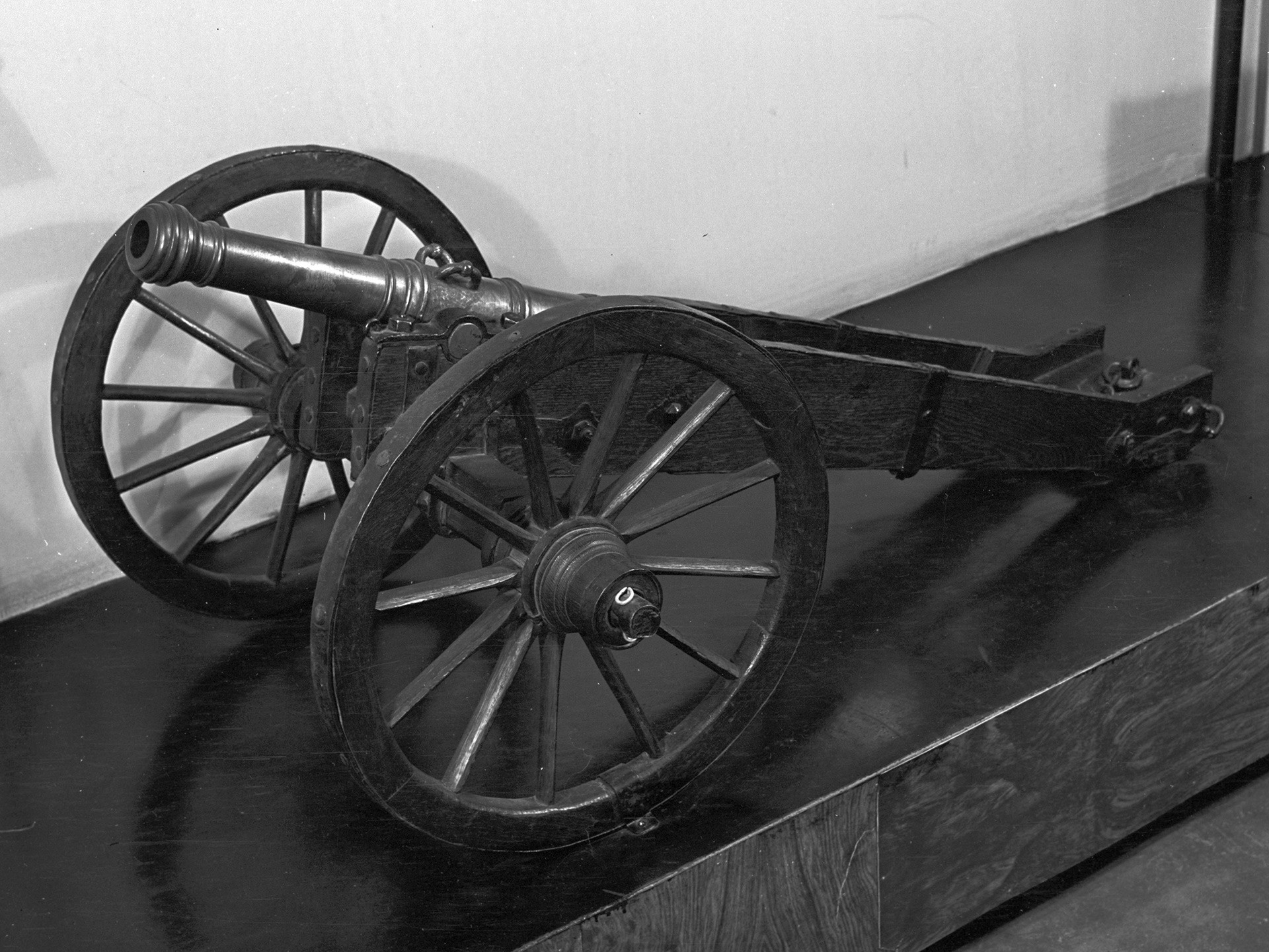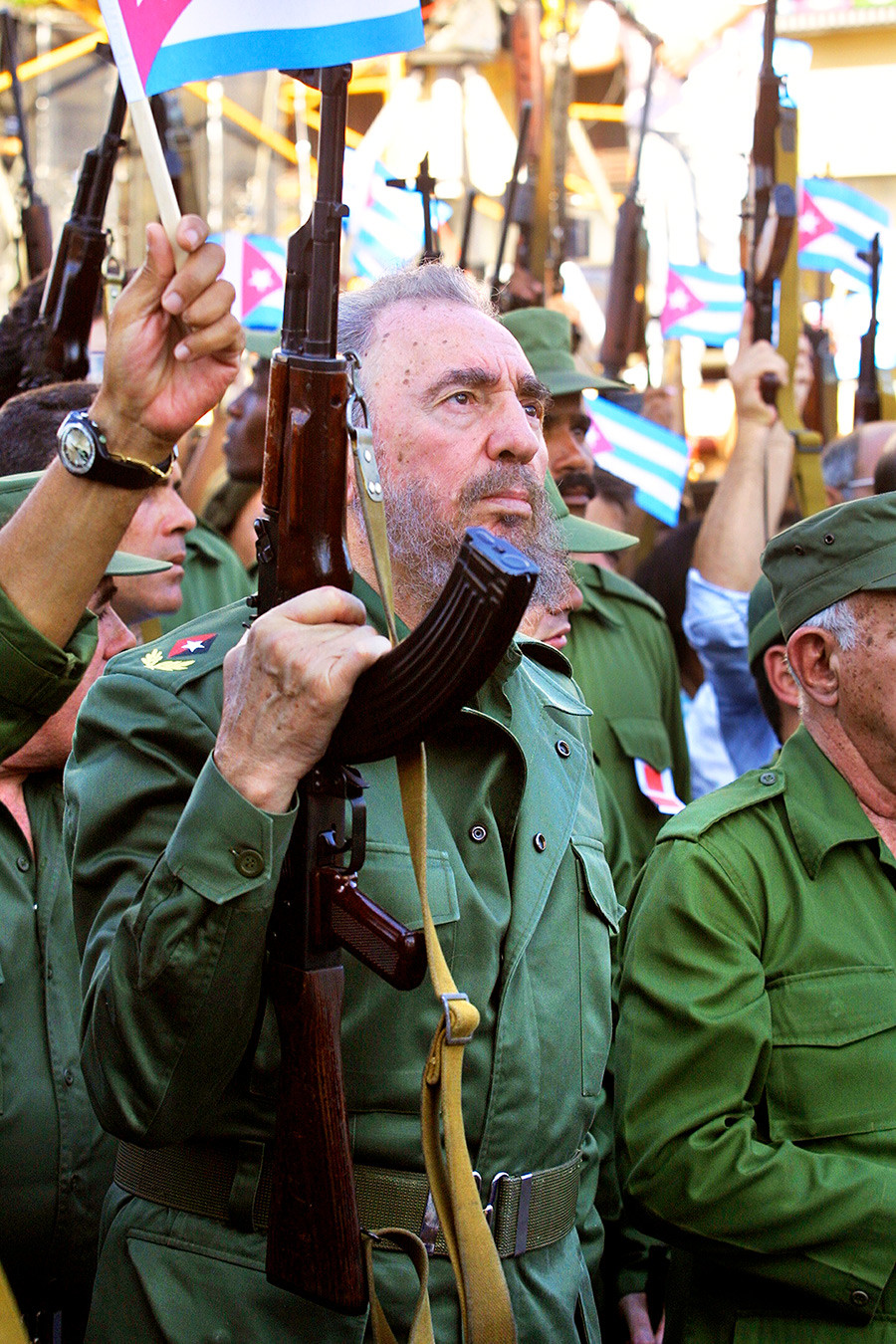How Russia became the world’s second largest arms exporter

Today, Russia is only surpassed by the U.S. in arms export. According to a 2018 report by the Stockholm International Peace Research Institute, the leading weapons exporters are as follows: U.S. – 33%; Russia – 23%; China – 6.2%; France – 6%; Germany – 5.6%; and other countries – 26.2%.
By 2020, experts say that global weapons demand will reach $120 billion. The main importers currently are India (13%); Saudi Arabia (8.2%); United Arab Emirates (4.6%); China (4.5%); Algeria (3.7%); and other countries – 66%.
Nearly half of Russia’s arms exports are MiG and Sukhoi fighter and bomber
However, the U.S., Israel, and France are significant competitors. Some of the traditional Soviet markets, such as India, witness intense competition, and Russia goes to great lengths to score profitable contracts and not lose out to its rivals.
1. Long-standing traditions of gunsmithery

'Andrey Chokhov with apprentices'. Painting by V. Nikiforov, 1955.
V. NikiforovThe first mention of a professional gun-making guild in Moscow dates to 1475, and since then weapons manufacturing has flourished. By the 17th century, about 500 people were working at the Moscow gun yard.
Starting with Andrey Chokhov, one of the legendary gunsmiths who created

A machine for the production of high accuracy bullets
Andrey Stanavov/Sputnik2. Reliability

This 17th century cannon was presented by Tsar Alexis to his son, Peter the Great
Mikhail Ozerskiy/SputnikSince firearms appeared in Russia between the 14th and 15th century, reliability has been one of the main features. Arms could be produced and repaired only in certain places, and they were used to wage war with nomadic tribes and the indigenous peoples of Eastern and Southern Russia. So, reliability was the quality that Russian gunsmiths were keen to develop.
Some of the best Russian cannons from the 16th century still exist, and they’re real proof of the longevity of our weapons. The same skills can also be seen in light firearms, and there are plenty of examples.
The Mosin rifle, which was used in the Russian army from the 1890s until the 1950s, has a shutter that can be assembled and disassembled without any tools. It can function in all conditions and is very reliable. The Kalashnikov machine gun can also be assembled in almost any climatic condition. In general, most famous Russian pistols, rifles, and automatic weapons are very simple in assemblage and maintenance.
3. Abundance of natural resources and scientific know-how

Iron ore found in Central Russia and Siberia allowed the production of vast numbers of firearms. In the 18th century, Russia became the world’s leading exporter of ferrous metals.
Later, many other industries became essential for arms production: chemistry, physics, sophisticated ballistics, research in explosives etc. Russia (and later the Soviet Union), which has always been
4. Gun trade as a political instrument

Cuban leader Fidel Castro with an AK-47 Kalashnikov machine gun
Getty ImagesThe Cold War had a
When any of these countries buy warships, submarines, fighter jets, and anti-aircraft systems, there are also contracts with Russian military factories for repair and spare parts; as well as contracts with Russian military colleges for inviting training personnel and more. So ties with these countries become closer and closer.
There were cases when guns and other warfare were supplied free of charge, as direct support for the “builders of socialism”. Only declaring a turn toward socialism was enough to get loans and arms from the USSR, and many
Even after the fall of the USSR, the long-standing trade continued. What has also been essential is that Soviet gun engineers and gunsmiths taught, trained and consulted engineers in countries that bought Soviet weapons. This created a dependable network of people who relied on Soviet engineering, which in turn encouraged the continuation of trade with Russia.
If using any of Russia Beyond's content, partly or in full, always provide an active hyperlink to the original material.
Subscribe
to our newsletter!
Get the week's best stories straight to your inbox